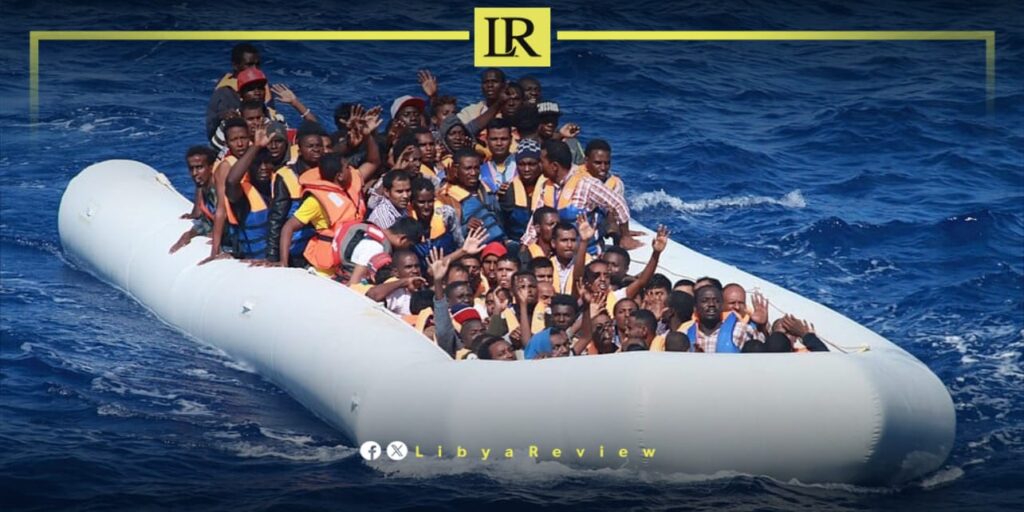A wooden boat carrying dozens of migrants sank off the coast of Libya on Tuesday, leaving at least 18 people dead and 64 survivors rescued, the International Organization for Migration (IOM) has confirmed.
The IOM statement reported that among the survivors are 29 men, one woman and one child from Sudan, along with 18 from Bangladesh, 12 from Pakistan and 3 from Somalia. The nationalities of those who perished have not yet been determined.
The agency underscored that this incident is a stark reminder of the grave dangers faced by individuals undertaking hazardous sea journeys in search of safety and opportunity. The region linking North Africa and Europe — the central Mediterranean — remains “one of the most dangerous migration routes in the world.”
Since the beginning of this year, IOM’s Missing Migrants Project has recorded 1,046 deaths or disappearances along the central Mediterranean route, of which 527 occurred off Libya’s coast.
In parallel, the Libyan Red Crescent branch in Sabratha — about 76 km west of the capital Tripoli — reported having recovered at least 18 bodies and rescued more than 90 survivors. According to the rescue team, the rescue operation began late Monday and continued into Tuesday morning, with the vessel overturning near the port town of Sorman.
Graphic images published by the Red Crescent show volunteers carrying bodies in white plastic bags and treating survivors on the beach.
Earlier this month, Libyan health authorities reported that at least 61 migrants drowned in a two-week period along the coastal stretch between Zwara and Ras Ajdir, near the Tunisian border.
Aid agencies say they are working with local partners to ensure that survivors of this latest incident receive medical care, psychosocial support and access to basic services. They renewed calls for enhanced regional cooperation, expanded safe and regular migration pathways, and rapid, coordinated search-and-rescue efforts to save lives.
Why this matters
The central Mediterranean route, particularly via Libya, continues to account for a disproportionate share of migrant deaths and disappearances.
The use of unseaworthy vessels, overcrowding, and unpredictable weather conditions make the journey extremely hazardous.
These tragedies highlight the urgent need for safe logistics and legal pathways for migration, plus strengthened rescue operations.
The incident also sheds light on the broader humanitarian and security challenges in Libya, a major transit country.


